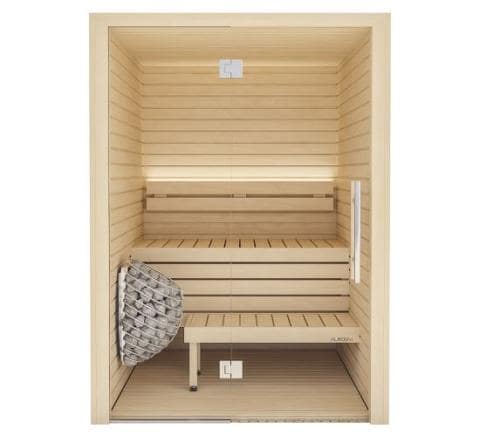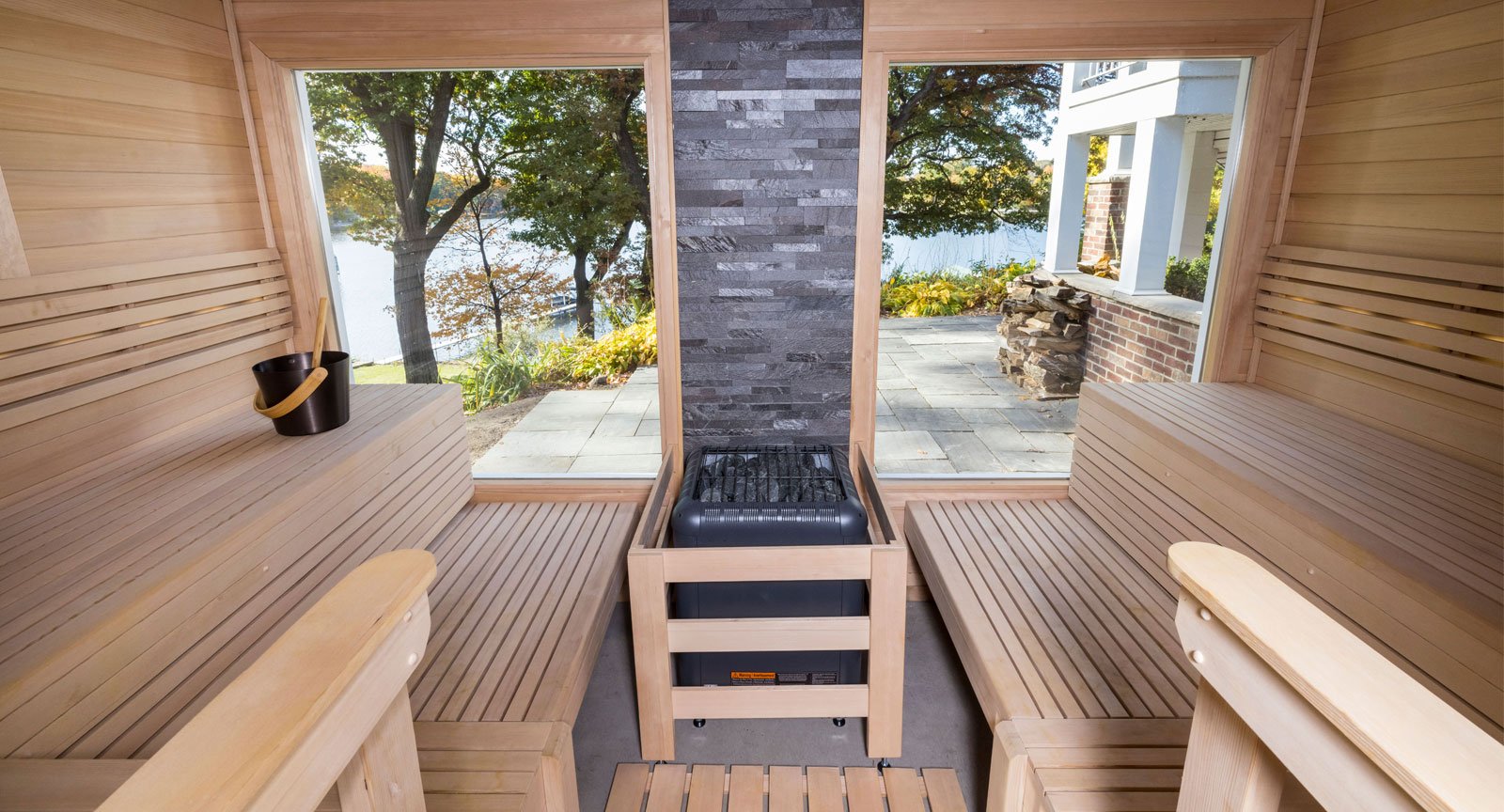4 Simple Techniques For Traditional Sauna
Table of ContentsFascination About Traditional SaunaThe Single Strategy To Use For Traditional SaunaThe smart Trick of Traditional Sauna That Nobody is DiscussingIndicators on Traditional Sauna You Need To KnowThe 10-Second Trick For Traditional Sauna
Energy financial savings is one point to consider for individuals that intend on utilizing their sauna frequently. For a standard sauna, bathers usually require to wait on 30-40 mins for the room to pre-heat prior to going into. Infrared saunas, on the other hand, commonly reach their perfect temperature in around 15 minutes.That implies that in an infrared sauna, bathers can start enjoying their sauna quickly. One difference in between the 2 kinds of sauna that is commonly neglected is the social experience.

All About Traditional Sauna

Attempt a sauna today and find some of the impressive advantages on your own!.

Factors such as heat resistance, preferred degree of detoxing, and total wellness needs to be considered when determining which kind of sauna to make use of. Infrared saunas are a kind of sauna that use infrared light to warm the body straight, as opposed to heating up the air around the body like standard saunas.
What Does Traditional Sauna Do?
The temperature in an infrared sauna is generally reduced than in a standard sauna, with temperatures ranging from 120F to 150F. Infrared saunas supply a range of benefits that make them an eye-catching choice for those looking to improve their health and wellness. Several of the benefits of infrared saunas include: Infrared saunas make use of lower temperatures than typical saunas, which can make them a lot more comfy for those that discover high temperature levels hard to endure.
Infrared saunas have been shown to aid the body eliminate toxic substances via sweating. Sweating can likewise assist to boost skin health by eliminating impurities and dead skin cells.
The warm produced by infrared saunas can aid to increase blood flow and enhance flow. Infrared saunas have actually been shown to assist lower stress and anxiety and advertise leisure.
With their lower temperatures, deep infiltration, and series of wellness benefits, infrared saunas are an excellent method to kick back, take a break, and boost your overall wellness. Traditional completely dry saunas have been around for centuries and are still preferred today. They are usually warmed with wood, gas, or power and have low moisture degrees.
About Traditional Sauna
There are several advantages to using a standard dry sauna. Here are a few: Relaxation: The high temperature and low humidity in standard dry saunas can assist kick back the muscles and reduce stress degrees. Detoxing: Sweating in a sauna can assist get rid of toxic substances from the body, which can improve overall health and wellness.
When it pertains to saunas, there are two main types of home heating methods: typical and infrared. Conventional saunas make use of warmed air to warm up the body, while infrared saunas use infrared radiation to permeate the skin and warmth the body from within. One of the main differences in between the two methods is the kind of heat they create.
Due to the fact that infrared radiation passes through the skin extra deeply, it can produce a comparable sweat action this article at reduced temperature levels. Another distinction is the method the heat is dispersed. Typical saunas heat up the air, which after that warms the body with convection. Infrared saunas, on the other hand, warm the body directly with radiation.
In terms of energy effectiveness, infrared saunas are typically extra reliable than typical saunas since they call for much less power to run. They additionally warm up extra swiftly, so they can be used for shorter sessions. Traditional Sauna. When it involves the impacts on the body, both kinds of saunas have actually been revealed to have advantages
Getting My Traditional Sauna To Work
Infrared saunas have been revealed more info here to have comparable benefits, along with potentially assisting with cleansing, skin health and wellness, and immune feature. Overall, the option between a conventional or infrared sauna boils down to personal choice and specific needs. Standard saunas might be much better for those who like greater temperature levels weblink and a more intense sweat response, while infrared saunas might be much better for those who desire a more gentle and effective warmth therapy.
Both sorts of saunas offer distinct advantages and drawbacks that must be considered prior to choosing. The choice between an infrared sauna and a typical completely dry sauna mainly depends upon individual preference and the preferred advantages. Those that choose an even more comfy, reduced temperature level environment might favor an infrared sauna, while those who are trying to find intense heat and a standard sauna experience might like a typical completely dry sauna.
Right here are some safety and security ideas to maintain in mind when making use of infrared and traditional dry saunas:: Saunas can cause excessive sweating, causing dehydration. It is essential to drink a lot of water previously, throughout, and after sauna sessions to remain hydrated.: It is suggested to limit sauna sessions to 20-30 mins to avoid overheating and dehydration.